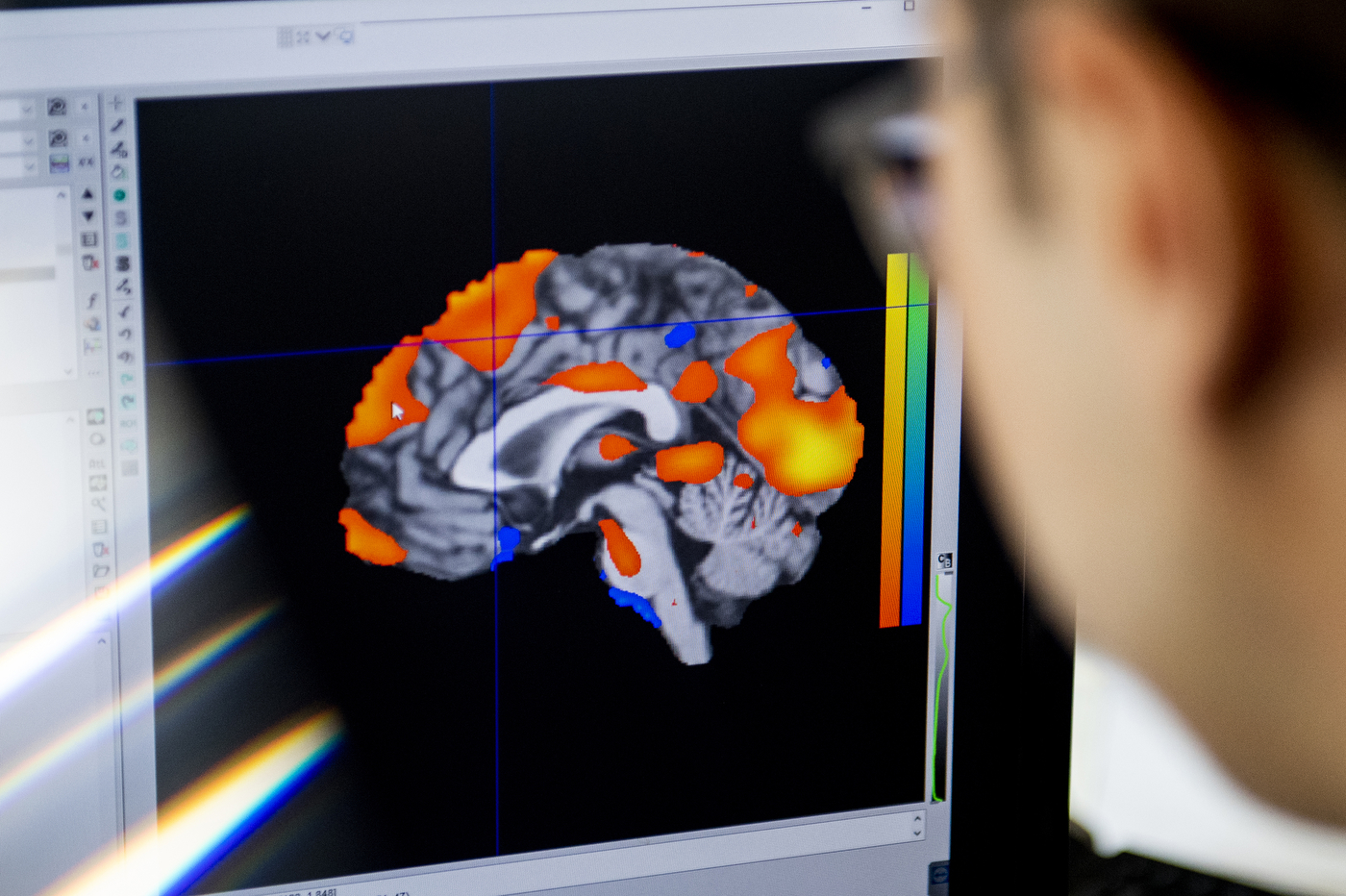Phineas Gage didn’t die when explosive powder detonated and threw a 43-inch tamping iron through his left cheek, which went into his brain and out the top of his skull.
The railroad worker did lose vision in his left eye. But otherwise, he was functional, with full intellectual, cognitive, and motor capabilities intact up until his death 12 years later, in 1860.
What friends and family noticed, though, was how his personality changed—especially his emotions and behavior, according to The Smithsonian. Friends noted that he was “no longer Gage,” and his doctor wrote that he swore a lot and had “little deference for his fellows.” He eventually lost his job as a foreman.
Why did the injury impact Gage’s personality so strongly? New research from Northeastern neuroscientists may help us better understand him—and ourselves as well.
In a study published in Social Cognitive and Affective Neuroscience, assistant professor of psychology Ajay Satpute suggests that the anterior portion of the prefrontal cortex—the portion of the brain where Gage was injured—is important in evaluating one’s emotions and, ultimately, regulating them.
It may be hard to wrap your mind around the idea that we have thoughts and feelings about our feelings, but according to Satpute “we place judgments on emotions all the time.” You can, for example, feel sadness, and feel that it’s unpleasant to be sad. You can also think that it’s good to feel sad, like, for example, during a sad movie.
Some emotions can come with this built-in contradiction: They can be pleasant but wrong, or they can be unpleasant but desirable. This is the difference between hedonic—or, how good an emotion feels—and evaluative—whether emotions are good or bad—emotional judgments. The evaluative component, the study notes, is influenced by social factors; for example, it is “wrong” to feel happy at a funeral, even if it feels good to be happy.
Read more on News@Northeastern.
Photo by Matthew Modoono/Northeastern University.

